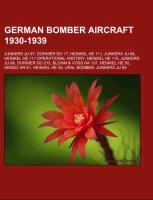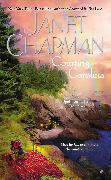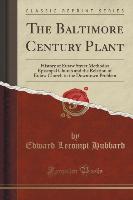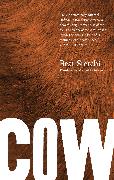German bomber aircraft 1930-1939
BücherAngebote / Angebote:
Source: Wikipedia. Pages: 77. Chapters: Junkers Ju 87, Dornier Do 17, Heinkel He 111, Junkers Ju 88, Heinkel He 111 operational history, Heinkel He 115, Junkers Ju 86, Dornier Do 215, Blohm & Voss Ha 137, Heinkel He 50, Arado Ar 81, Heinkel He 59, Ural bomber, Junkers Ju 89, Dornier Do 22, Focke-Wulf Fw 42, Heinkel He 118, Dornier Do 19, Dornier Do 11, Heinkel He 45, Arado Ar 195, Blohm & Voss Ha 140, Dornier Do Y, Messerschmitt Bf 162, Henschel Hs 127, Dornier Do 23, Junkers EF 61, Dornier Do 13, Junkers Ju 85. Excerpt: The Junkers Ju 87 or Stuka (from Sturzkampfflugzeug, "dive bomber") was a two-man (pilot and rear gunner) German ground-attack aircraft. Designed by Hermann Pohlmann, the Stuka first flew in 1935 and made its combat debut in 1936 as part of the Luftwaffes Condor Legion during the Spanish Civil War. The aircraft was easily recognizable by its inverted gull wings, fixed spatted undercarriage and its infamous Jericho-Trompete ("Jericho Trumpet") wailing siren, becoming the propaganda symbol of German air power and the blitzkrieg victories of 1939-1942. The Stuka's design included several innovative features, including automatic pull-up dive brakes under both wings to ensure that the aircraft recovered from its attack dive even if the pilot blacked out from the high acceleration. Although sturdy, accurate, and very effective, the Ju 87 was vulnerable to modern fighter aircraft, like many other dive bombers of the war. Its flaws became apparent during the Battle of Britain, poor manoeuvrability, lack of speed and defensive armament meant that the Stuka required heavy fighter escort to operate effectively. The Stuka operated with further success after the Battle of Britain, and its potency as a precision ground-attack aircraft became valuable to German forces in the Balkans Campaign, the African and Mediterranean Theaters and the early stages of the Eastern Front campaigns where Allied fighter resistance was disorganised and in short supply. Once the Luftwaffe had lost air superiority on all fronts, the Ju 87 once again became an easy target for enemy fighter aircraft. In spite of this, because there was no better replacement, the type continued to be produced until 1944. By the end of the conflict, the Stuka had been largely replaced by ground-attack versions of the Focke-Wulf Fw 190, but was still in use until the last days of the war. An estimated 6, 500 Ju 87s of all versions were built between 1936 and August 1944. Oberst Hans-Ulrich Rudel was the most notable Stuka a
Folgt in ca. 5 Arbeitstagen



